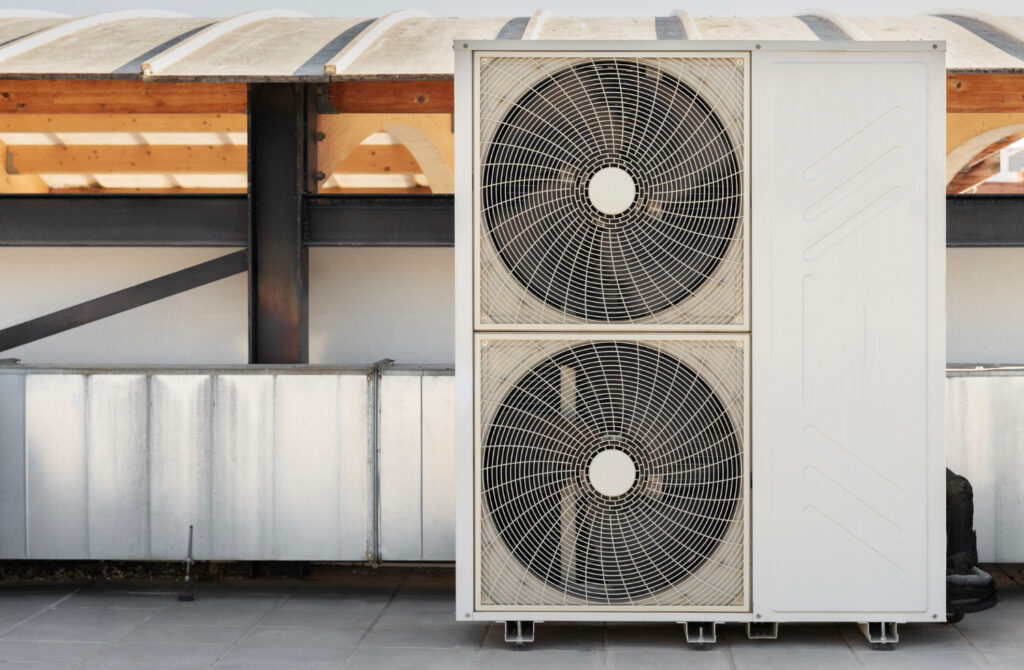Introduction to Geothermal Energy
Geothermal energy is a renewable and sustainable energy source that harnesses the heat from the Earth’s core. This heat is generated by the decay of radioactive materials deep within the Earth and can be used to generate electricity and provide heating and cooling for buildings. Geothermal drilling plays a crucial role in accessing this energy source and bringing it to the surface for use.
The Basics of Geothermal Drilling
Geothermal drilling involves creating deep wells that reach hot rock formations below the Earth’s surface. These wells are typically drilled to depths of several kilometres, depending on the location and the desired temperature of the geothermal resource. Once the well is drilled, a pipe is inserted into the well to allow hot water or steam to be brought to the surface for use in generating electricity or providing heating and cooling.
Types of Geothermal Drilling
There are two main types of geothermal drilling:
- Conventional Drilling: This method uses rotary drills to create wells in areas where hot water or steam is already present near the surface.
- Enhanced Geothermal Systems (EGS): This method involves drilling into hot rock formations and injecting water to create a geothermal reservoir. The water is then heated by the rock and brought back to the surface for use.
Geothermal Energy and Greenhouse Gas Emissions
One of the main advantages of geothermal energy is its low carbon footprint. Geothermal power plants emit minimal greenhouse gases, making them a clean alternative to fossil fuel-based energy sources. According to the U.S. Energy Information Administration, geothermal power plants emit an average of 45 grams of carbon dioxide equivalent per kilowatt-hour (g CO2eq/kWh), compared to 1,001 g CO2eq/kWh for coal-fired power plants.
Geothermal Energy and Reliability
Geothermal power plants can operate continuously, providing a stable source of energy. Unlike solar and wind energy, which are dependent on weather conditions, geothermal energy is available 24/7. This reliability makes geothermal energy an attractive option for baseload power generation.
Geothermal Energy and Sustainability
The Earth’s heat is constantly replenished by the decay of radioactive materials in its core, making geothermal energy a renewable resource. With proper management, geothermal reservoirs can provide energy for decades or even centuries. This sustainability sets geothermal energy apart from finite resources like fossil fuels.
Geothermal Energy and Versatility
Geothermal energy can be used for a variety of applications beyond electricity generation. Low-temperature geothermal resources can be used for heating and cooling buildings, greenhouses, and aquaculture facilities. Geothermal heat pumps can provide efficient heating and cooling for individual homes and commercial buildings.
The Role of Geothermal Drilling in Sustainable Energy Solutions
Geothermal drilling is essential for accessing and utilising geothermal energy resources. Advances in drilling technology have made it possible to reach deeper and hotter rock formations, expanding the potential for geothermal energy production.
Conventional Geothermal Drilling
Conventional geothermal drilling targets areas where hot water or steam is already present near the surface. These areas, known as hydrothermal reservoirs, are typically found in regions with active or recent volcanic activity. Conventional drilling methods, such as rotary drilling, are used to create wells that allow the hot water or steam to be brought to the surface for use in geothermal power plants.
Case Study: The Geysers, California
The Geysers is the world’s largest geothermal field, located in northern California. The field has been in operation since the 1960s and currently produces about 20% of California’s renewable energy. Conventional drilling methods have been used to create a network of wells that tap into the area’s hydrothermal reservoirs, providing steam for electricity generation.
Enhanced Geothermal Systems (EGS)
Enhanced Geothermal Systems (EGS) involve drilling into hot rock formations that lack the necessary water or permeability for conventional geothermal energy production. In EGS, wells are drilled into the hot rock, and water is injected to create an artificial geothermal reservoir. The water is heated by the rock and then brought back to the surface for use in generating electricity.
The Potential of EGS
EGS technology has the potential to greatly expand the use of geothermal energy. By allowing geothermal energy production in areas without naturally occurring hydrothermal reservoirs, EGS could make geothermal energy accessible in many more locations worldwide. The U.S. Department of Energy estimates that EGS could provide more than 100 gigawatts of electricity in the United States alone, enough to power more than 100 million homes.
Challenges and Advancements in EGS
Developing EGS resources presents several challenges, including:
- Drilling to great depths in hard rock formations
- Creating and maintaining artificial geothermal reservoirs
- Managing induced seismicity
Advancements in drilling technology, such as directional drilling and improved drill bits, are helping to address these challenges. Research is also ongoing to develop better methods for creating and maintaining artificial geothermal reservoirs and minimising the risk of induced seismicity.
The Future of Geothermal Drilling and Sustainable Energy
As the world seeks to transition to cleaner, more sustainable energy sources, geothermal energy is poised to play an increasingly important role. Geothermal drilling will be essential for accessing and utilising this renewable energy resource.
Expanding Geothermal Energy Production
Continued advancements in geothermal drilling technology will be crucial for expanding geothermal energy production. Improved drilling methods and equipment will allow for deeper wells and more efficient access to geothermal resources. The development of EGS technology will also be key to making geothermal energy accessible in more locations worldwide.
Integration with Other Renewable Energy Sources
Geothermal energy can be integrated with other renewable energy sources, such as solar and wind, to create a more reliable and resilient sustainable energy system. For example, geothermal power plants can provide baseload power to complement the intermittent nature of solar and wind energy. Geothermal resources can also be used for energy storage, helping to balance supply and demand in renewable energy grids.
Economic and Social Benefits
Expanding geothermal energy production through advanced drilling techniques can bring significant economic and social benefits. Geothermal energy projects create jobs in construction, operations, and maintenance. They also provide a stable source of clean energy, reducing dependence on fossil fuels and contributing to energy security. In addition, geothermal energy can offer economic opportunities for rural and remote communities, as many geothermal resources are located in these areas.
Conclusion
Geothermal drilling plays a vital role in harnessing the Earth’s heat for sustainable energy solutions. With its clean, reliable, and versatile nature, geothermal energy is an essential component of a sustainable energy future. As well drilling continues to advance, the potential for geothermal energy production will only grow, contributing to a cleaner, more resilient energy system for generations to come.






